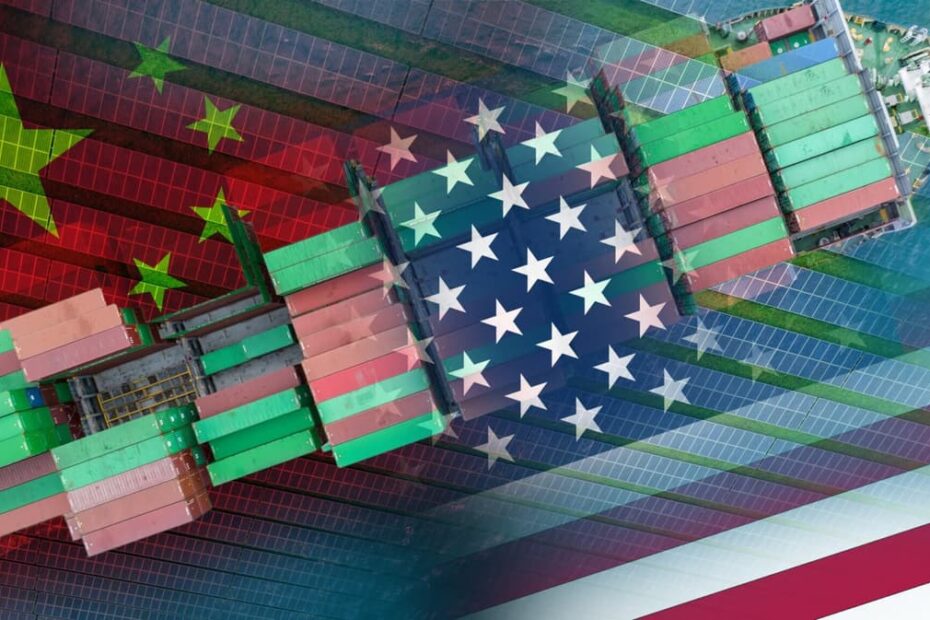After a series of unilateral tariff measures, the US is set to introduce a reciprocal global system which President Donald Trump believes will boost American wealth but has left economists fearing will usher in a global recession – that could come back to US shores.
Holding a chart on the Oval Office lawn, the President went through each country, explaining why they had received higher tariffs or the baseline 10%, which will swing into effect on Saturday (5 April). Trump said they were “kind reciprocal tariffs”, with charges based on half of those imposed on the US, according to the country’s calculations.
Vietnam (46%) and China (34%) receive the highest rates but Thailand (36%), Taiwan and Indonesia (both 32%), India (26%), Japan (24%) and the EU (20%) will all see their trade heavily impacted.
The UK, Brazil, Singapore, Saudi Arabia, UAE, Argentina, Chile, El Salvador, Guatemala, Honduras, Australia and Egypt are all to get the baseline tariff of 10%.
They are the highest tariff levels in a century, exceeding the Smoot-Hawley era of the 1930s.
“These decisions are not based on systems of government or military alliances or historical relationships. They are based on a new formula – where trade is the organising principle behind Trump’s engagement with the world,” said Josh Lipsky, Senior Director of the GeoEconomics Center at the Atlantic Council, the body which promotes constructive leadership and engagement in international affairs.
An additional ‘ad valorem’ duty on all imports from all trading partners will start at 10%, but does not apply to energy and energy products, steel and aluminium. UK steel imports into the US will remain at 25%.
A report from the UK’s Aston Business School states the cost of the 2025 tariff war could reach $1.4 trillion, in the event of full global retaliation. The EU has announced €26bn of countermeasures to US tariffs.
For the UK, reductions in imports from the US expose critical vulnerabilities in UK supply chains. Under the worst-case scenario, UK exports to the US fall by 43.6%.
Aston’s Professor Jun Du said, “The picture for tariff measures may not be clear at the moment, but what is clear is that economies like the UK need to plan for various eventualities and start to put mitigating measures in place. US tariffs offer the UK a potential fortune through trade diversions, yet these gains could complicate efforts to reset UK–EU relations, amplifying economic divergence, political distrust and misalignment.”
Frederick Kempe, President and CEO of the Atlantic Council, said that just how this “revolution” unfolds will depend on how the US economy fares, how US voters respond through the 2026 midterm elections, and how US courts and Congress respond to presidential decisions and executive orders that are contested as constitutional overreach.
“History won’t judge him on that audacious rhetoric but rather on his results. What’s at stake is whether his unfolding revolution leaves the US, its allies, and the world in a better place than he found it. That’s a scorecard of generational consequence.”
